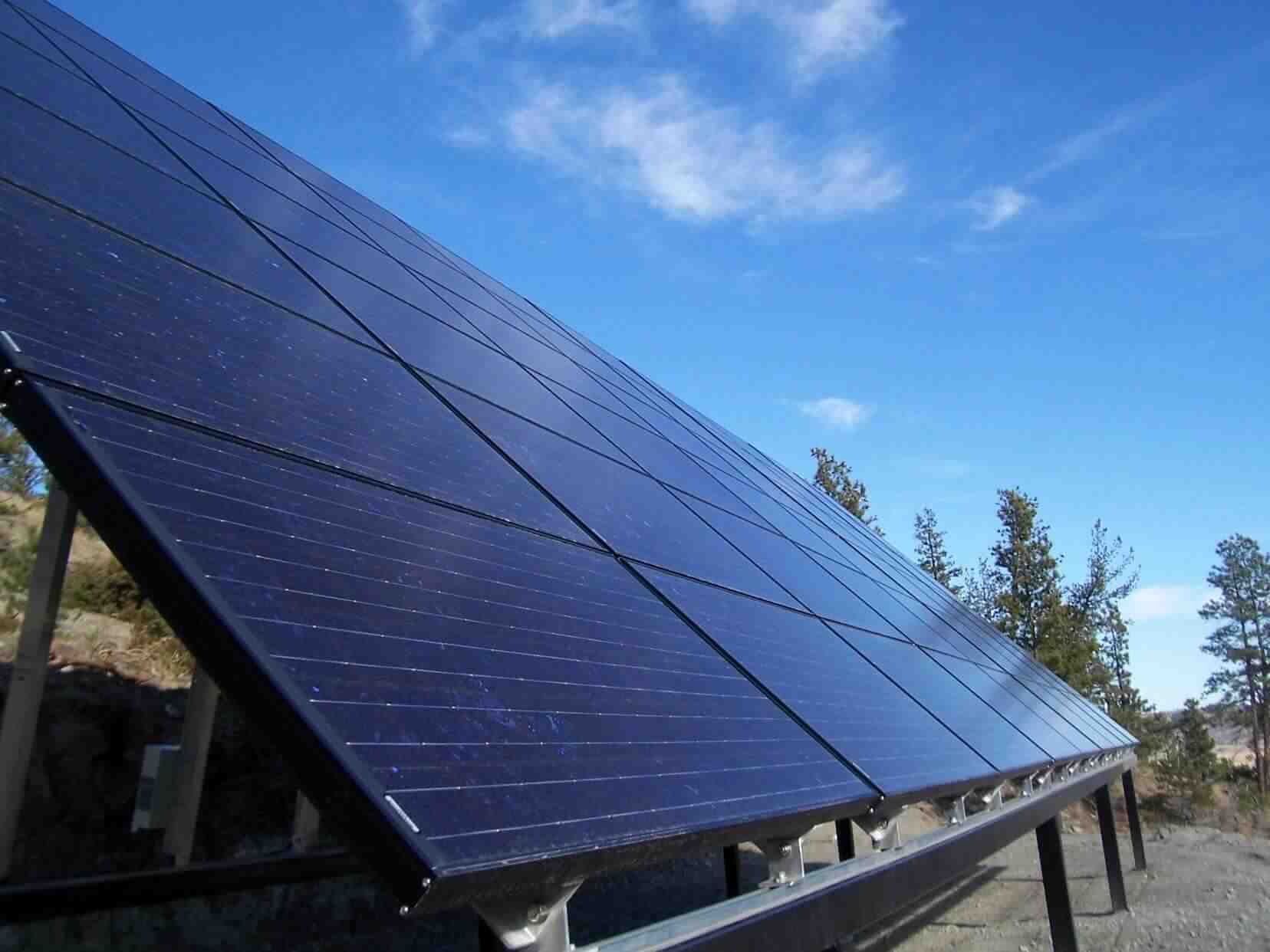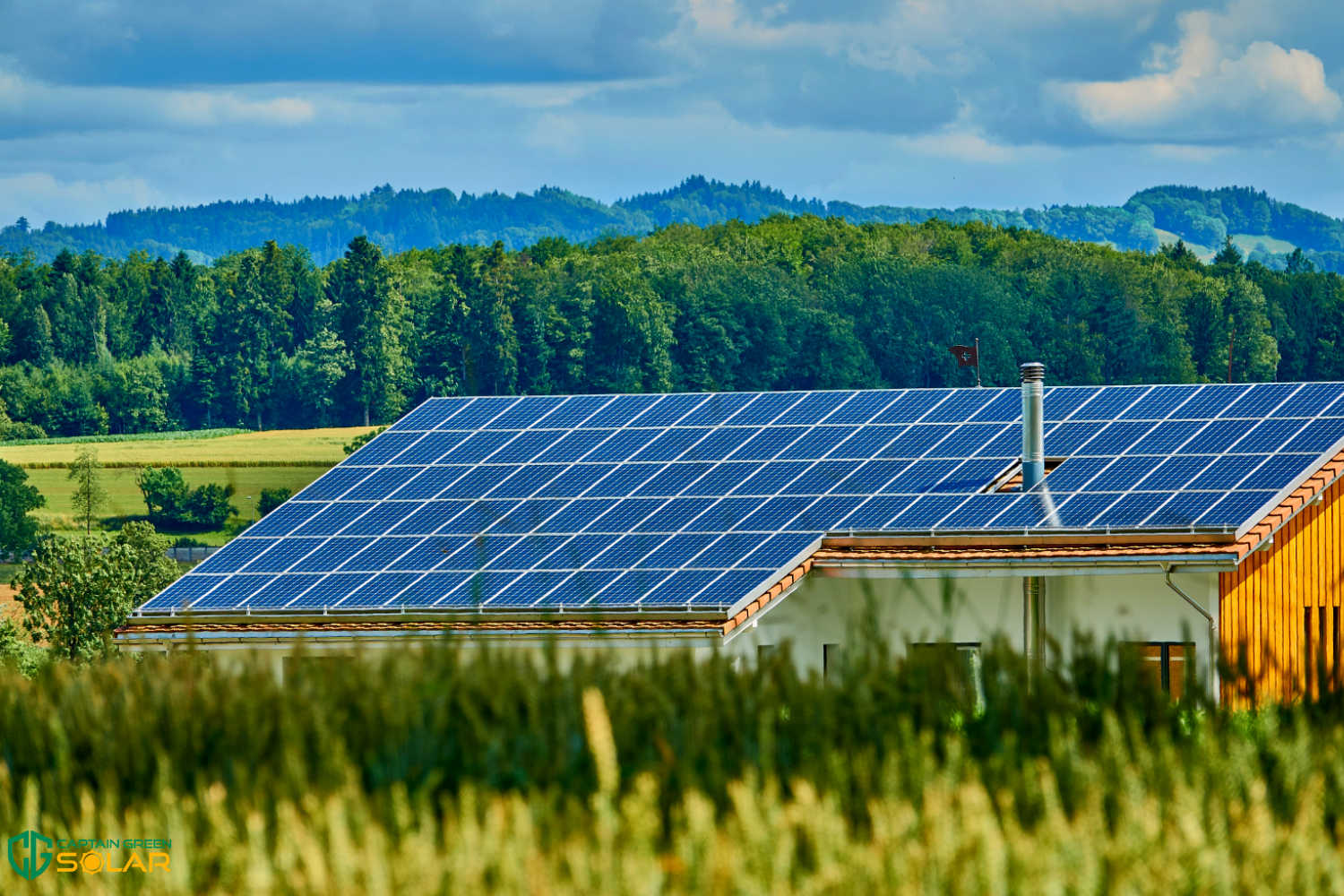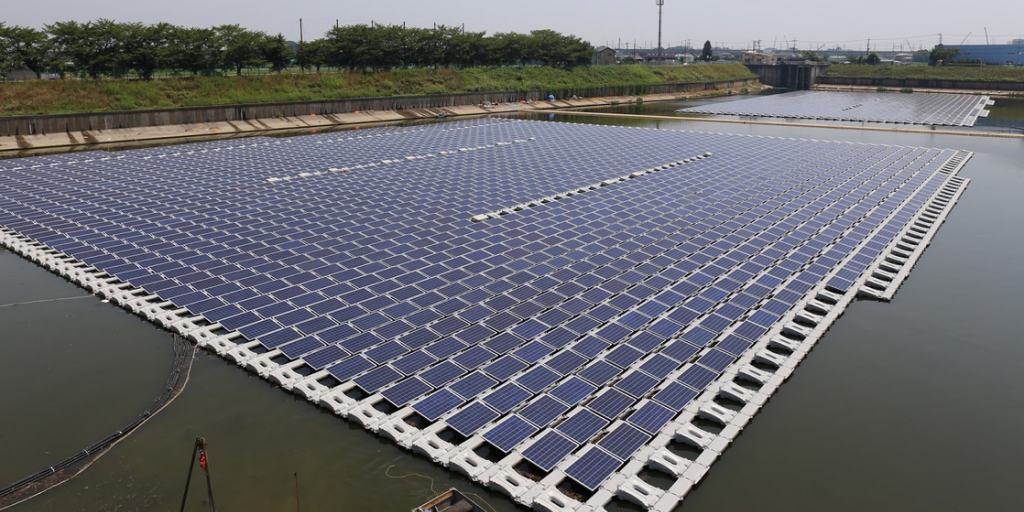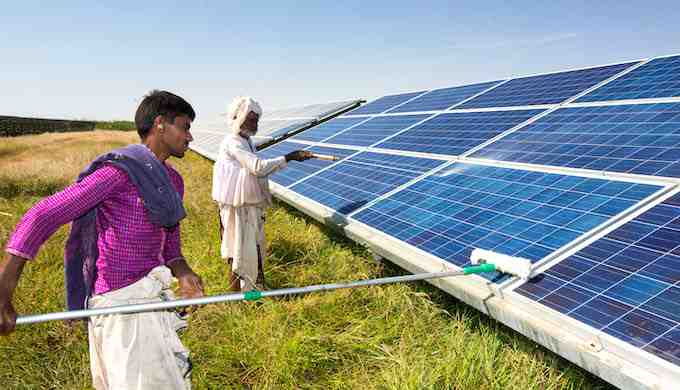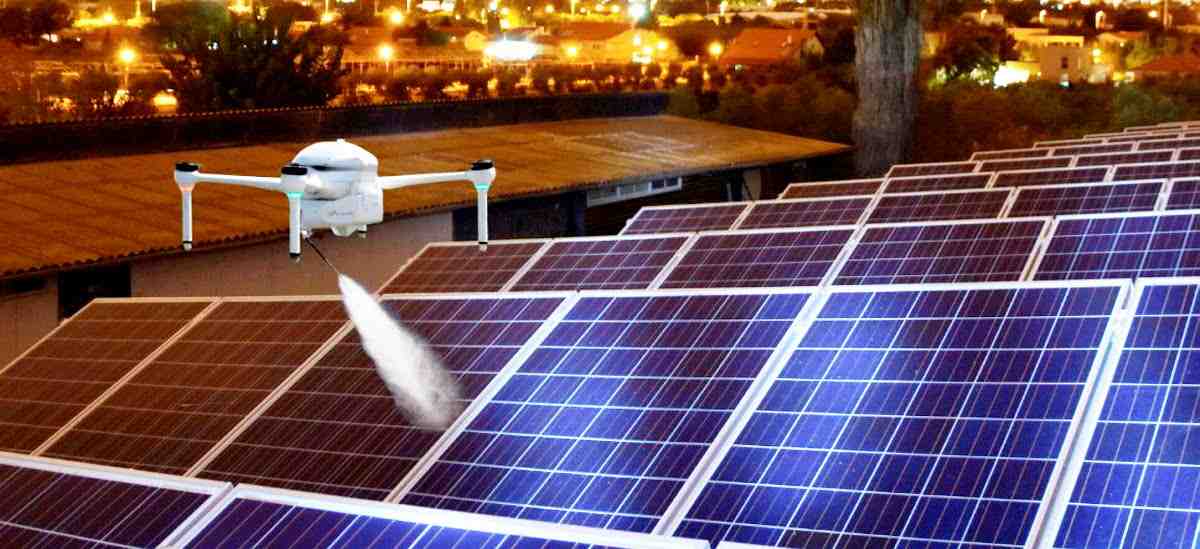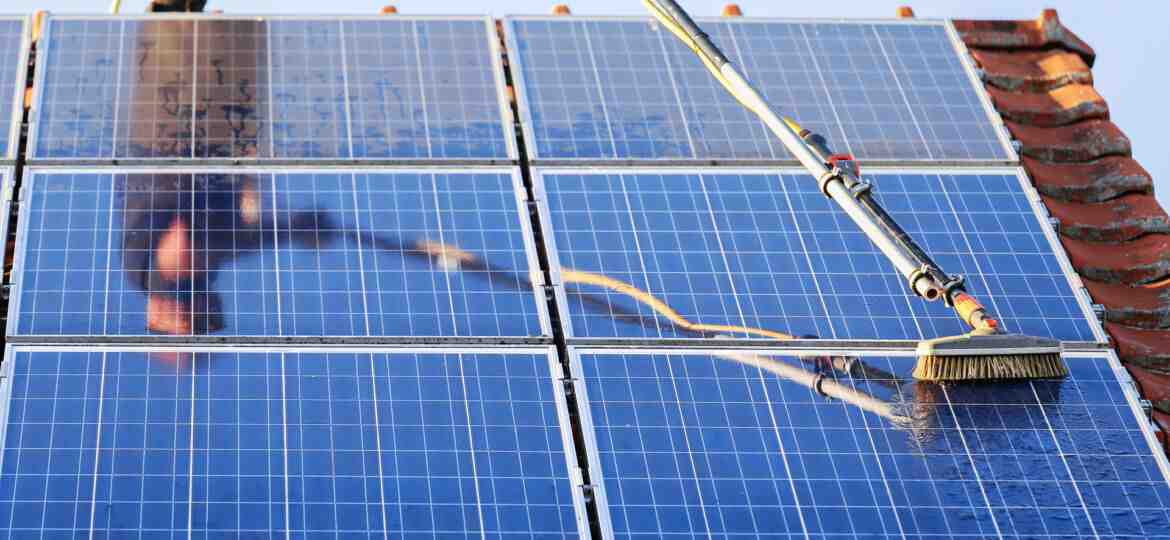Wydajność paneli słonecznych jest wyższa niż kiedykolwiek, ale ilość energii elektrycznej, jaką panele mogą generować, nadal stopniowo spada z czasem. Wysokiej jakości panele słoneczne ulegają degradacji w tempie około 0,5% każdego roku, generując około 12-15% mniej energii pod koniec ich żywotności 25-30.
What percentage of solar panels are recyclable?

Panele słoneczne nadają się w 90% do recyklingu według masy. Elementy te można ponownie wykorzystać, odnowić lub poddać recyklingowi po zakończeniu ich życia, a ostatecznie można je poddać recyklingowi. Systemy energii słonecznej składają się z materiałów nadających się do recyklingu, w tym miedzi (okablowanie), aluminium (stelaż), stali (słupki), szkła i elementów elektronicznych.
Dlaczego panele słoneczne nie nadają się do recyklingu? Trudność z recyklingiem paneli słonecznych nie polega na tym, że materiały, z których są wykonane, są trudne do recyklingu; raczej chodzi o to, że są one zbudowane z wielu części, które są używane razem w jednym produkcie. Oddzielenie tych materiałów i recykling w unikalny sposób to złożony i kosztowny proces.
How long do solar panels last and can they be recycled?
We wcześniejszej wersji tego artykułu stwierdzono również, że 25 lat to cykl życia paneli fotowoltaicznych; tekst został zaktualizowany, aby odzwierciedlić, że 25 do 30 lat to typowy okres użytkowania, ale nie ustalony limit.
How long does it take for solar panels to decompose?
Wyjaśnienie żywotności panelu słonecznego. Przemysłowy standard trwałości produkcyjnej paneli słonecznych wynosi 25-30 lat. Jednak panel słoneczny nie umrze po 25-30 latach, a raczej ich wydajność spadnie znacznie poniżej tego, co przewidywał producent.
Are solar panels ending up in landfills?
W skrócie. Światowa moc fotowoltaiczna rośnie w rekordowym tempie – podobnie jak obciążenie odpadami z paneli słonecznych, których okres eksploatacji dobiegł końca. Wiele z tych martwych paneli jest wyrzucanych na wysypiska śmieci, mimo że zawierają cenne pierwiastki, takie jak krzem, srebro i miedź.
Are solar panels 100% recyclable?
Prawie 100% materiałów w panelu słonecznym nadaje się do recyklingu lub ponownego użycia, ale panele często zawierają metale ciężkie, takie jak kadm, miedź, ołów, selen i srebro.
Are solar panels really environmentally friendly?
W przeciwieństwie do energii elektrycznej wytwarzanej z paliw kopalnych, panele słoneczne są niezwykle skuteczne w maksymalizacji produkcji energii elektrycznej przy jednoczesnej minimalizacji emisji dwutlenku węgla. W rzeczywistości zanieczyszczenie węglem i rosnące temperatury spowodowane wydobyciem i wytwarzaniem paliw kopalnych zagroziły 314 gatunkom ptaków północnoamerykańskich.
Can solar panels be completely recycled?
Panele słoneczne nadają się do recyklingu, chociaż potrzebujemy bardziej rozbudowanej infrastruktury do gromadzenia, przetwarzania i zmiany przeznaczenia sprzętu. Ponad 90% komponentów systemów słonecznych nadaje się do recyklingu. Są wykonane z trzech podstawowych materiałów – szkła, krzemu i metalu.
How much of a solar panel can be recycled?
Panele słoneczne nadają się do recyklingu, chociaż potrzebujemy bardziej rozbudowanej infrastruktury do gromadzenia, przetwarzania i zmiany przeznaczenia sprzętu. Ponad 90% komponentów systemów słonecznych nadaje się do recyklingu.
What percentage of solar panels are recycled?
Tylko około 10% paneli w USA jest poddawanych recyklingowi — nie jest to wymagane przez przepisy federalne, a recykling urządzeń jest obecnie znacznie droższy niż samo ich wyrzucanie. Ale materiały w panelach słonecznych, które co roku będą niedostępne, mogą być warte około 2 miliardy dolarów do 2050 roku.
Are solar panels being recycled?
Czy panele słoneczne można poddać recyklingowi? Krótka odpowiedź brzmi: tak. Krzemowe moduły słoneczne składają się głównie ze szkła, plastiku i aluminium: trzech materiałów, które są masowo poddawane recyklingowi.
Does hail damage solar panels?

Wysokiej jakości panele słoneczne, takie jak panele marki LG używane przez Solar Power Pros, są wyjątkowo odporne na uszkodzenia przez grad. Producenci paneli słonecznych testują swoje panele pod kątem odporności na grad o średnicy do 25 mm (1 cal). Podczas gdy Twój dach jest podatny na uszkodzenia spowodowane gradobiciem wszystkich rozmiarów.
Co się stanie, jeśli grad uderzy w panel słoneczny? Panele słoneczne zostały zaprojektowane tak, aby znajdowały się na zewnątrz i były odporne na żywioły. Biorąc to pod uwagę, gdy grad uderzy w dom wystarczająco mocno, panele słoneczne mogą mieć pęknięte szkło, co może wpłynąć na ich produkcję, a elementy mechaniczne mogą zostać wgniecione lub uszkodzone.
Does home insurance cover hail damage to solar panels?
Panele słoneczne, które nie są przymocowane do domu, takie jak panele montowane na ziemi, mogą być objęte polisą ubezpieczeniową właściciela domu w ramach ochrony innych konstrukcji. Jednak niektóre polisy ubezpieczeniowe wykluczają pokrycie uszkodzeń paneli słonecznych spowodowanych przez wiatr lub grad.
Can solar panels withstand hail?
Panele słoneczne są odporne na grad. Pomimo tego, że grad jest znany z niszczenia samochodów, okien, ogrodów i dachów, nie musisz się martwić, że Twoje panele słoneczne zostaną uszkodzone przez grad. Producenci testują swoje produkty, aby upewnić się, że są w stanie wytrzymać gradobicie i inne ekstremalne warunki pogodowe.
Can Tesla solar panels survive hail?
Dachówki solarne na dachu fotowoltaicznym są oceniane pod kątem odporności na grad według ANSI FM 4473 klasy 3. Oznacza to, że płytki słoneczne zostały przetestowane w formalnym środowisku testowym, w którym kule lodu o średnicy 1,75 cala są wyrzucane pięć stóp dalej z prędkością nieco poniżej 72 mph. Bądźmy szczerzy, to brzmi jak fajna praca.
How do I protect my solar panels from hail?
Rozważ zainwestowanie w osłonę ochronną na panel słoneczny, którą można umieścić na szklanej powierzchni, gdy przewidywane są silne burze. Jeśli nie możesz znaleźć pokrowca specjalnie zaprojektowanego dla twoich paneli, plandeka, niektóre ciężkie koce lub arkusz sklejki zapewnią pewną ochronę.
What size hail can damage solar panels?
Jaka wielkość gradu może uszkodzić panel słoneczny? Chociaż donosi się, że różne rozmiary gradu uszkodziły samochody i panele słoneczne w Stanach Zjednoczonych, grad zwykle uszkadza panele słoneczne o rozmiarach większych niż 2 cale. Większość paneli słonecznych jest weryfikowana pod kątem odporności na grad.
What size hail can solar panels withstand?
Odporność paneli słonecznych na ekstremalne warunki pogodowe W rzeczywistości większość producentów testuje i certyfikuje swoje panele słoneczne, aby wytrzymać grad o średnicy do jednego cala spadający z prędkością 50 mil na godzinę. Dzisiejsze panele słoneczne są również niezwykle odporne na silne wiatry i ulewne deszcze.
Can small hail damage solar panels?
Krótko mówiąc, grad może uszkodzić panele słoneczne, a większość polis ubezpieczeniowych pokrywa te szkody. Jednak szanse, że grad rzeczywiście uszkodzi panele, są niewielkie. W maju 2017 roku przez Front Range przetoczyła się wyjątkowo intensywna burza gradowa.
What happens to solar panels after 25 years?
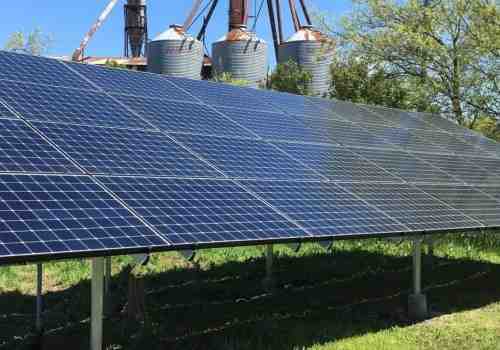
W przypadku większości paneli słonecznych poziomu 1 wskaźnik degradacji wynosi . 30% oznacza, że każdego roku wydajność paneli spada o . 30%. W ciągu 25 lat daje to łącznie 6,96%, co oznacza, że panele będą działać z 93,04% pierwotnej pojemności w 2045 roku.
Co dzieje się z panelami słonecznymi po 30 latach? Przemysłowy standard trwałości produkcyjnej paneli słonecznych wynosi 25-30 lat. Jednak panel słoneczny nie umrze po 25-30 latach, a raczej ich wydajność spadnie znacznie poniżej tego, co przewidywał producent.
Do you have to replace solar panels after 25 years?
Ogólnie rzecz biorąc, panele słoneczne są niezwykle trwałe i pozbawione ruchomych części, zazwyczaj wymagają niewielkiej lub żadnej konserwacji. Obecnie średnia żywotność paneli słonecznych do mieszkań wynosi około 25-30 lat, jednak niektóre systemy mogą wytrzymać nawet 50!
What happens to a solar panel after 25 years?
Doświadczenie pokazuje jednak, że w rzeczywistości po 25 latach wydajność spada zaledwie o 6 do 8 procent. Żywotność paneli słonecznych może więc być znacznie dłuższa niż oficjalnie. Żywotność wysokiej jakości paneli fotowoltaicznych może sięgać nawet 30 do 40 lat, a po ich zakończeniu nadal będą funkcjonować, choć z mniejszą skutecznością.
How frequently do solar panels need to be replaced?
Standardowa żywotność w branży wynosi około 25 do 30 lat, co oznacza, że niektóre panele zainstalowane na początku obecnego boomu niedługo zostaną wycofane.
What happens to solar panels that are no longer useable?
Recyklerzy często zdejmują ramę panelu i jego skrzynkę przyłączeniową, aby odzyskać aluminium i miedź, a następnie rozdrabniają resztę modułu, w tym szkło, polimery i ogniwa krzemowe, które są pokrywane srebrną elektrodą i lutowane za pomocą cyny i ołowiu.
What happens to solar panels that no longer work?
Zazwyczaj w Stanach Zjednoczonych panele słoneczne są poddawane recyklingowi w ogólnych zakładach recyklingu szkła, gdzie ich szkło – a czasami także metalowe ramy – są poddawane recyklingowi, a pozostałe elementy są wyrzucane lub spalane.
What happens to solar panels after their lifespan?
Mediana wskaźnika degradacji paneli słonecznych wynosi około 0,5%, co oznacza po prostu, że produkcja energii z paneli słonecznych będzie spadać w tempie 0,5% rocznie. Po 20 latach panele powinny nadal pracować na około 90% swojej pierwotnej wydajności.
How efficient are solar panels after 25 years?
Wysokiej jakości panele słoneczne ulegają degradacji w tempie około 0,5% każdego roku, generując około 12-15% mniej energii pod koniec ich żywotności 25-30.
How efficient are solar panels after 20 years?
Przez pewien czas ogólna zasada była taka, że produkcja paneli zmniejszała się w tempie około 1% rocznie, kumulowała się. Oznaczało to, że panel miał działać z wydajnością 82% po 20 latach, 74% po 30 latach i 66% po 40 latach.
What happens to solar panels after 20 years?
Mediana wskaźnika degradacji paneli słonecznych wynosi około 0,5%, co oznacza po prostu, że produkcja energii z paneli słonecznych będzie spadać w tempie 0,5% rocznie. Po 20 latach panele powinny nadal pracować na około 90% swojej pierwotnej wydajności.
Do solar panels stop working after 25 years?

Dobrą wiadomością jest to, że większość domowych paneli słonecznych powinna działać przez 25 lat, zanim degradacja (lub zmniejszona produkcja energii) będzie zauważalna. Nawet po tym momencie panele słoneczne mogą nadal przekształcać światło słoneczne w energię słoneczną – tylko w mniej wydajnym tempie niż wtedy, gdy były nowe.
Czy po 25 latach trzeba wymieniać panele słoneczne? Ogólnie rzecz biorąc, panele słoneczne są niezwykle trwałe i pozbawione ruchomych części, zazwyczaj wymagają niewielkiej lub żadnej konserwacji. Obecnie średnia żywotność paneli słonecznych do mieszkań wynosi około 25-30 lat, jednak niektóre systemy mogą wytrzymać nawet 50!
How efficient are solar panels after 25 years?
Wysokiej jakości panele słoneczne ulegają degradacji w tempie około 0,5% każdego roku, generując około 12-15% mniej energii pod koniec ich żywotności 25-30.
What happens to solar panels after 20 years?
Mediana wskaźnika degradacji paneli słonecznych wynosi około 0,5%, co oznacza po prostu, że produkcja energii z paneli słonecznych będzie spadać w tempie 0,5% rocznie. Po 20 latach panele powinny nadal pracować na około 90% swojej pierwotnej wydajności.
How efficient are solar panels after 20 years?
Przez pewien czas ogólna zasada była taka, że produkcja paneli zmniejszała się w tempie około 1% rocznie, kumulowała się. Oznaczało to, że panel miał działać z wydajnością 82% po 20 latach, 74% po 30 latach i 66% po 40 latach.
What happens to solar panels after 25 years?
W rzeczywistości panele słoneczne mogą działać nieco dłużej: gwarancja zazwyczaj gwarantuje, że po 25 latach panele będą działać powyżej 80% ich znamionowej wydajności. Badanie przeprowadzone przez NREL pokazuje, że większość paneli nadal wytwarza energię po 25 latach, aczkolwiek przy nieco zmniejszonej wydajności.
What happens to solar panels that are no longer useable?
Recyklerzy często zdejmują ramę panelu i jego skrzynkę przyłączeniową, aby odzyskać aluminium i miedź, a następnie rozdrabniają resztę modułu, w tym szkło, polimery i ogniwa krzemowe, które są pokrywane srebrną elektrodą i lutowane za pomocą cyny i ołowiu.
Can solar panels last longer than 25 years?
Żywotność paneli słonecznych Panele słoneczne, znane również jako panele fotowoltaiczne lub fotowoltaiczne, mają trwać ponad 25 lat. W rzeczywistości wiele paneli słonecznych zainstalowanych już w latach 80. nadal działa z oczekiwaną wydajnością.
Can a solar panel last 50 years?
Według Federalnej Komisji Handlu panele słoneczne wytrzymują około 20 lat. Wspaniałą wiadomością jest to, że przy odpowiedniej konserwacji panel może działać nawet 40-50 lat.
Can solar power last forever?
Ale panele słoneczne generujące tę energię nie są wieczne. Standardowa żywotność w branży wynosi około 25 do 30 lat, co oznacza, że niektóre panele zainstalowane na początku obecnego boomu niedługo zostaną wycofane.
Sources :
